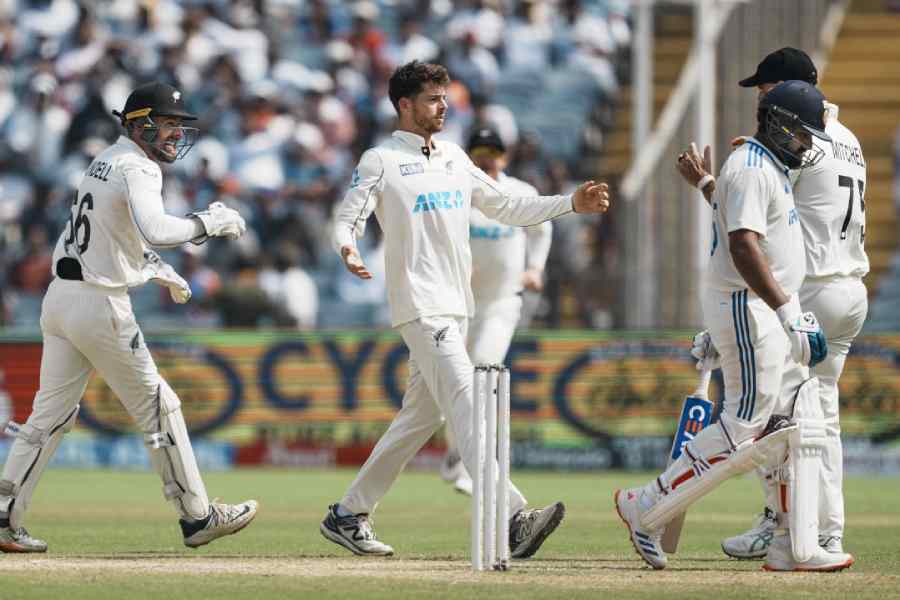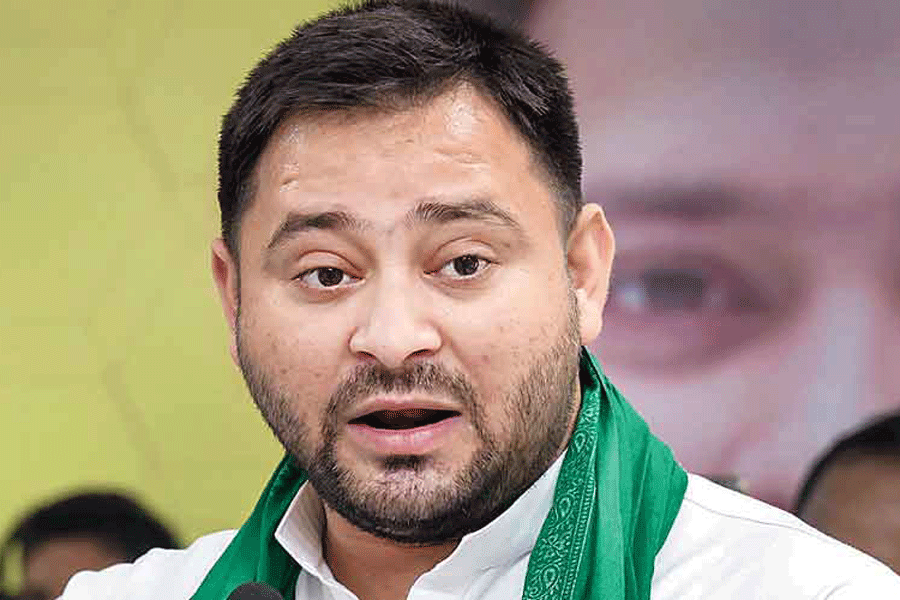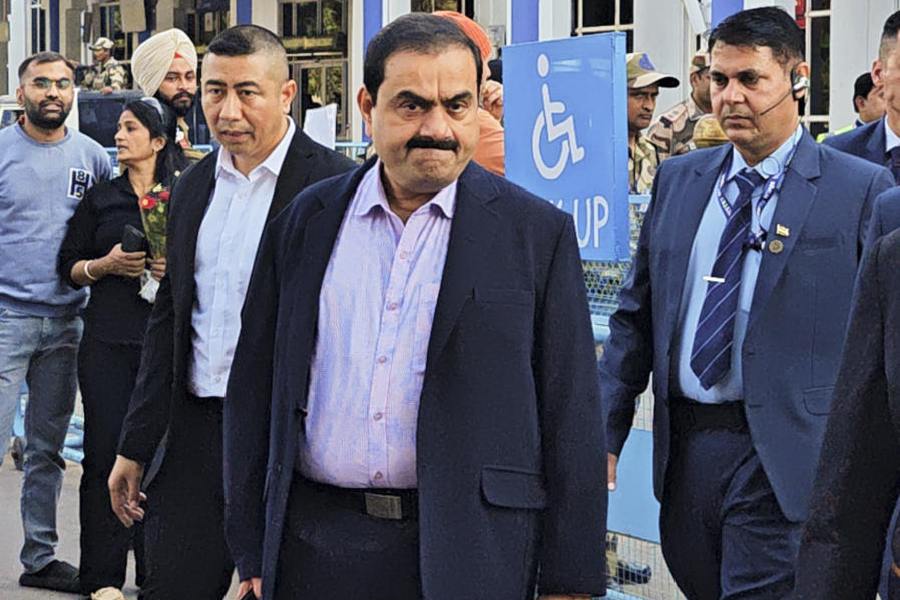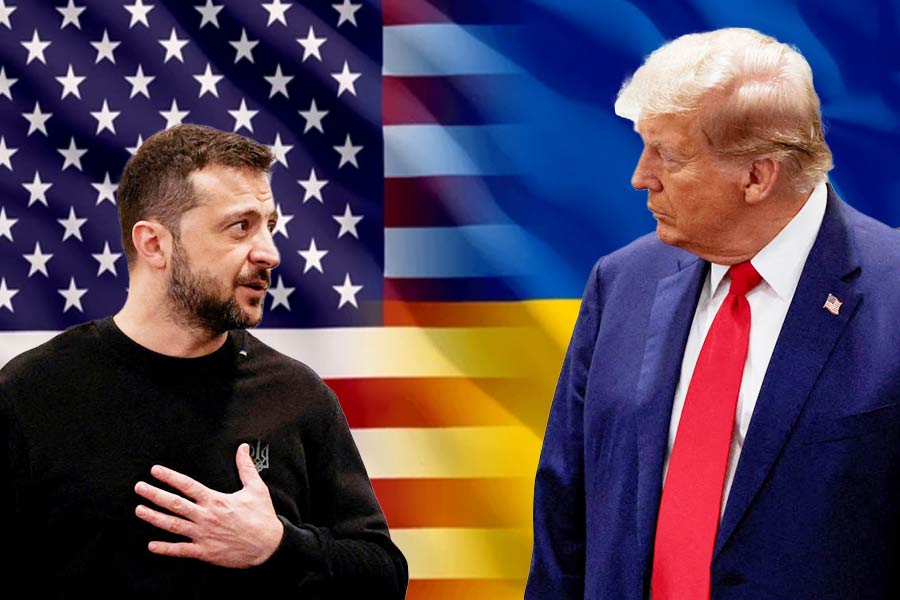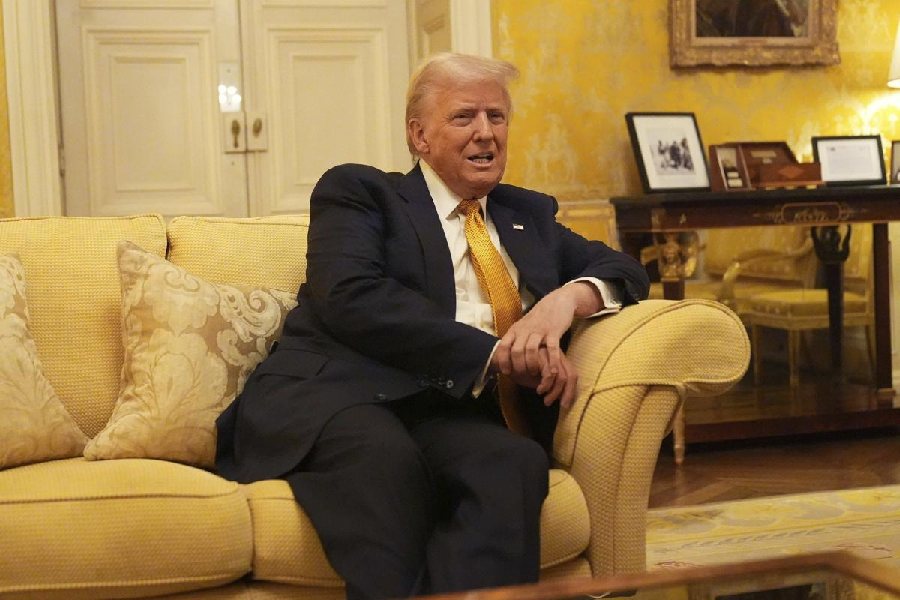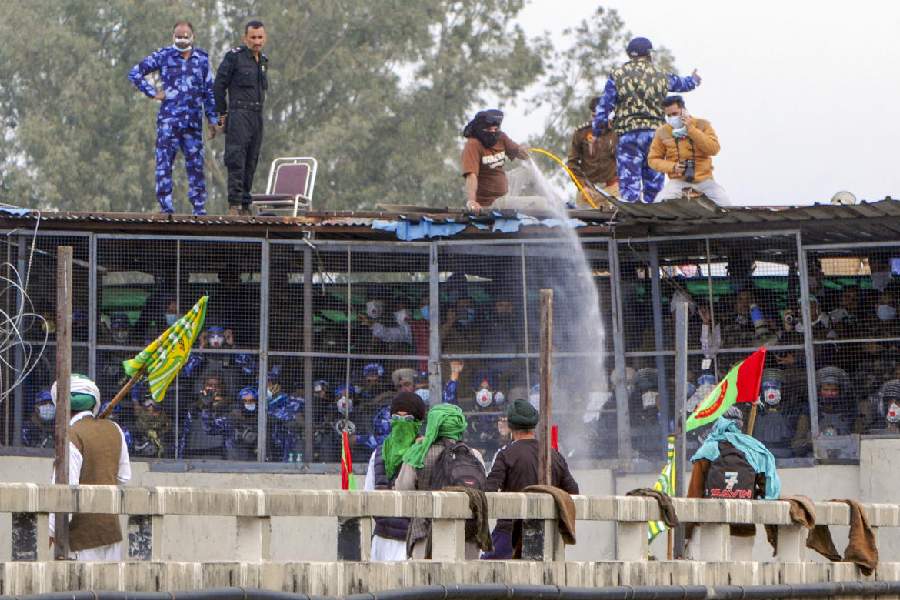I live down the road from the M. Chinnaswamy Stadium, and in normal circumstances would never have missed watching the beginning of a Test match there. However, on October 16, I had some academic work to finish; besides, with New Zealand having performed so poorly on their recent tour of Sri Lanka, and the great Kane Williamson missing through injury, I thought I would give this first day a miss but show up later if the match turned out to be at all competitive.
Hence I missed the spectacle of the powerful Indian batting side being bundled out for 46. It appears that like Gautam Gambhir, Rohit Sharma and company, I had grievously underestimated the resilience of these Kiwi cricketers. That evening, as I rued my foolish non-appearance at the ground, I chose out of remorse to honour the visitors by choosing an all-time eleven of their country’s greatest players.
The exercise was stimulating and enjoyable as making up of such hypothetical teams always is. This, after a couple of hours of cogitation, is the side I finally came up with: 1. Glenn Turner 2. Bert Sutcliffe 3. Martin Donnelly 4. Martin Crowe (captain) 5. Kane Williamson 6. Brendon McCullum (wicket-keeper) 7. Chris Cairns 8. Richard Hadlee 9. Daniel Vettori 10. Shane Bond 11. Trent Boult.
In this side, there are four authentically great cricketers — Donnelly, Crowe, Williamson and Hadlee — with the others all being very good indeed. One wouldn’t back them against an Australian All Time XI in Sydney or against an Indian All Time XI in Chennai, but at home at the Basin Reserve in Wellington, they might just about start as favourites.
The choosing of this side assuaged my guilt at missing that incident-filled first day, and the next morning I trotted off to the Chinnaswamy Stadium to catch the continuing action. I had a fine seat, in the front row of the top tier of the Members Stand, looking over mid-on. The stand, which can accommodate about a thousand, had on this day precisely thirty people; ten members and twenty policemen (had this been an IPL match it would have been full). I sat there, watching Rachin Ravindra, the Kiwi left-hander with roots in Bengaluru who, legend has it, is named after two great Indian batsmen, make his way to a superb century with that steadfast servant of New Zealand cricket, the swing bowler, Tim Southee, joining him in an eighth-wicket stand that decisively put the visitors in the driver’s seat.
In the end, New Zealand had a lead of over 350. How would India respond? Would the memories of that abysmal first innings performance follow them as they batted for a second time? I was especially keen to watch the prodigiously talented Yashasvi Jaiswal, whom I had never seen bat live before. He played some elegant drives but then lost it, a wild rush at the slow left-armer, Ajaz Patel, leading to an easy stumping. However, Sharma and Kohli played with assurance, until the former was unluckily out to a ball spinning back to the stumps from a forward defensive prod.
This brought in Sarfaraz Khan, who too I had never seen bat before. The young man’s build, short and squat, reminded us of the batter once most greatly loved by the Chinnaswamy crowd, the maestro G.R. Viswanath. This resemblance was accentuated when he played some breathtaking cuts, over and away from the slips.
Kohli got out in the last over of the day, but the fight that India put up encouraged me to return before play began the following morning. For a full session and more we were witness to a brilliant, stroke-filled partnership between Sarfaraz and that other (and even more talented) pocket dynamo, Rishabh Pant. The drives and cuts of the one, and the lofted shots and reverse sweeps of the other, changed the balance of the game in a matter of hours. As the deficit was removed, with six wickets still in hand, a young fan next to me began speculating about what sort of target India would set New Zealand in the fourth innings, and whether the Kiwis would be able to cope with our three-pronged spin attack on a wearing pitch.
As the second session was coming to a close, the Kiwis still had a last throw of the dice, via the second new ball. This proved to be decisive. Tim Southee winkled out Sarfaraz, who played a tired shot to cover, and then the tall and gangly William O’Rourke bowled Pant, had the last recognised batsman, Rahul, caught behind off a wicked lifter and dismissed Jadeja too. At the other end, Matt Henry was tirelessly wheeling away, ten overs on the trot; he accounted for the tail as India fell apart. The fourth innings target was utterly modest, barely in excess of one hundred runs. There would be no more fantasies of India doing to New Zealand in Bengaluru in 2024 what they had done to Australia via Laxman, Dravid and Harbhajan in Calcutta back in 2001.
As I walked out of the ground that evening, I passed a fellow member who said: “Sir, we only see you at Test matches; never at IPL games.” I am not sure whether this was merely a factual observation or a gentle chastisement. If the latter, I shall wear it as a badge of pride. IPL games are forgotten within minutes of their ending, yet here I am, recreating and reliving two days of a Test match weeks after I had watched them. The memories of Ravindra and Sarfaraz batting, with details of the strokes they played, and of the bowling of O’Rourke and Henry, and the wickets they took, shall live on in my mind for much longer yet.
I watched much of the second Test in Pune on TV, marvelling afresh at how the Kiwis outplayed a side considered to be far superior to them. This time, their heroes were Tom Latham, who captained with assurance and whose superbly paced knock in the second innings took the match out of India’s grasp; and the left-arm spinner, Mitchell Santner, whose subtle variations of pace and flight had brought him success in white-ball cricket but never before this match in the most arduous form of the game.
Let me, in conclusion, take the reader back to the all-time New Zealand XI I offered at the beginning of the article. Surely other cricket fans would dispute a few of my choices. Some might pick the superb seam bowler of the 1930s, Jack Cowie, ahead of Cairns. Others might think that Ken Wadsworth or B.J. Watling would be a better choice as wicket-keeper-batsman than McCullum.
What no reader can do, however, is make the case for any member of the New Zealand side that won this series in India to be part of their country’s all-time Eleven. Kane Williamson did not play the series; and it may be some years before we know whether Rachin Ravindra is merely very good or authentically great. On the other hand, Kohli, Ashwin and Bumrah would walk into any all-time Indian XI; and Jadeja and Pant would be somewhere in contention too. This juxtaposition makes strikingly clear the sheer magnitude of what New Zealand have achieved these past few weeks in India. They have shown that cricket is, first and foremost, a team game, in which individual genius and past achievements cannot always get the better of eleven moderately gifted yet very focused individuals, playing together, and complementing one another.
ramachandraguha@yahoo.in

